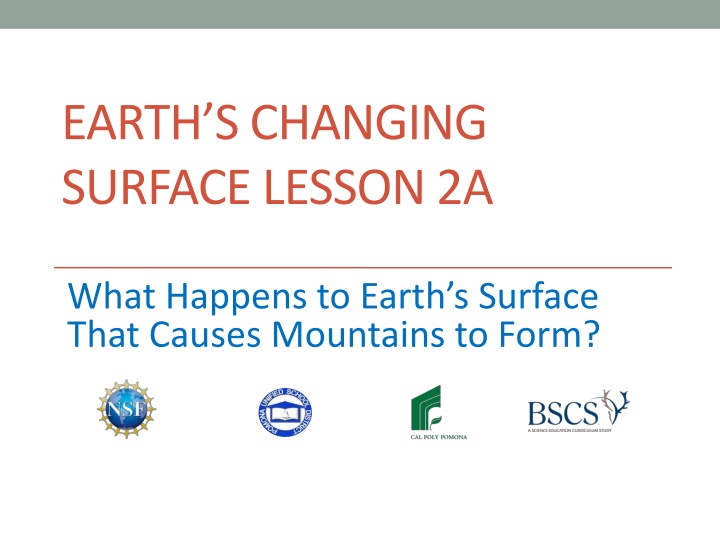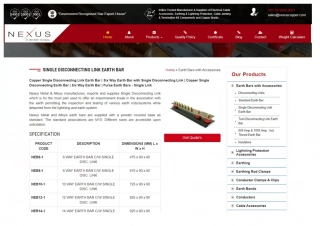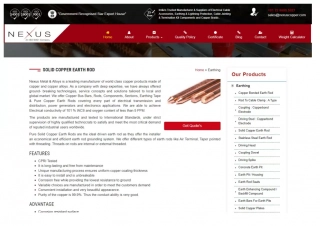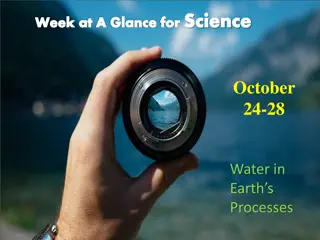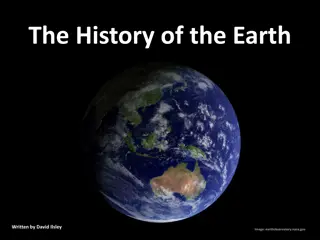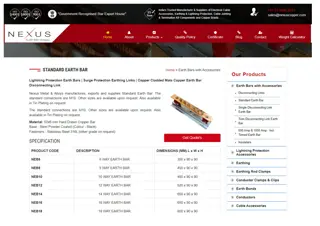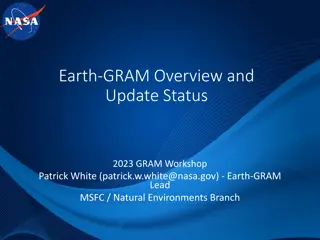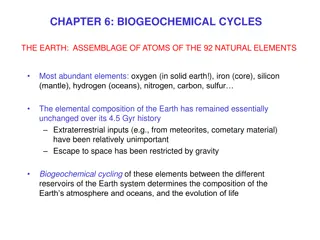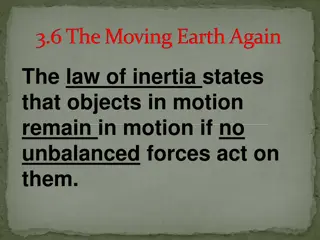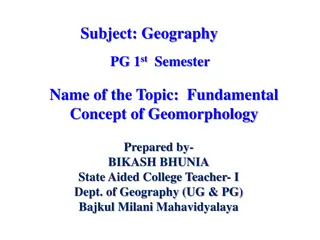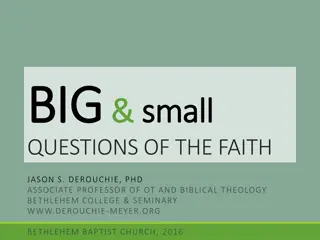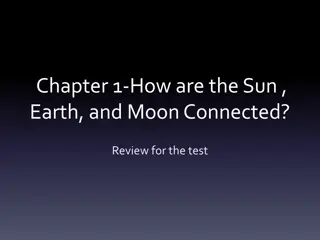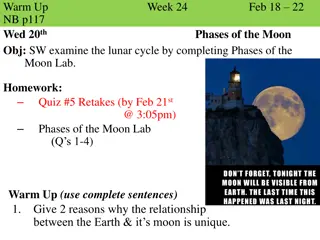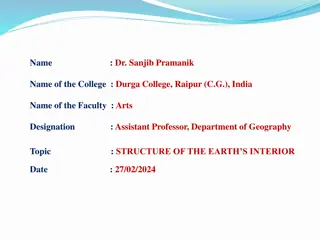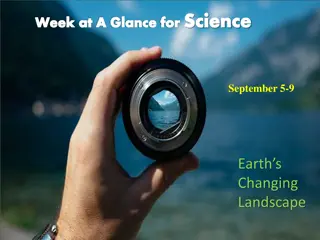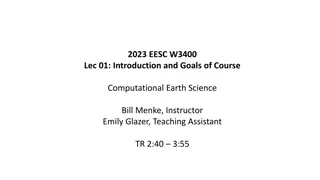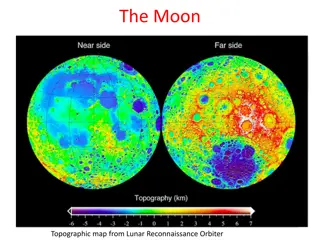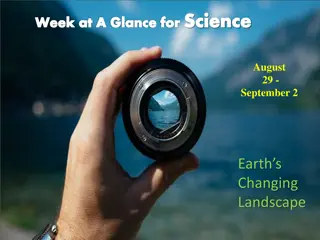EARTH’S CHANGING
Earth's surface continuously evolves, leading to the formation of mountains through various processes like volcanic activity. Explore the changes in landforms, including the role of volcanoes in mountain formation and the origins of non-volcanic mountains. Join the investigation to understand how mountains are built and the geological forces shaping Earth's surface.
Download Presentation

Please find below an Image/Link to download the presentation.
The content on the website is provided AS IS for your information and personal use only. It may not be sold, licensed, or shared on other websites without obtaining consent from the author.If you encounter any issues during the download, it is possible that the publisher has removed the file from their server.
You are allowed to download the files provided on this website for personal or commercial use, subject to the condition that they are used lawfully. All files are the property of their respective owners.
The content on the website is provided AS IS for your information and personal use only. It may not be sold, licensed, or shared on other websites without obtaining consent from the author.
E N D
Presentation Transcript
EARTHS CHANGING SURFACE LESSON 2A What Happens to Earth s Surface That Causes Mountains to Form?
Landforms on Earths Surface We agree that Earth s surface has a variety of landform patterns and that different areas have different kinds of landforms. Have the landforms on Earth s surface always looked the way they do now? Will these landforms change in the future?
Review: Does Earths Surface Change? How do you think Earth s surface might change over time? Let s review our list of ideas from last time.
Todays Focus Question What happens to Earth s surface that causes mountains to form?
Investigation 1: Do Volcanoes Build Mountains? Photo courtesy of USGS Photo courtesy of USGS Do volcanoes change Earth s surface? Do you think they could be involved in building mountains? If so, how? Use evidence from these photographs to explain your answer.
Investigation 1: Do Volcanoes Build Mountains? In your science notebooks, draw a picture showing how a volcano might change Earth s surface over time. Make sure to add labels to your drawings using words from the word bank below. Then write a brief description in your own words. Word Bank Volcano Mountain Lava Rock Erupt/Eruption Harden Flow Cool
Investigation 1: Do Volcanoes Build Mountains? Photo courtesy of Pixabay.com Photo courtesy of USGS The volcano on the left is no longer erupting. After many volcanic eruptions, the lava hardened and built up this mountain over a long period of time!
How Do Mountains Form? We ve seen that volcanoes build up mountains, but how exactly do mountains form? What about mountains on Earth that aren t volcanoes? Where did they come from? How did they form? Let s hear some of your ideas!
Our Focus Question What happens to Earth s surface that causes mountains to form?
Investigation 2: A Hard-boiled Egg In what ways is this hard-boiled egg different from Earth? In what ways is this hard-boiled egg similar to Earth?
Investigation 2: A Hard-boiled Egg Key science idea: Earth s crust is very thin. Where do you think Earth s crust is in this diagram? How is Earth s crust like an eggshell? Image courtesy of USGS
Investigation 2: A Hard-boiled Egg Key science idea: Scientists have learned that Earth s crust is made up of pieces or sections called tectonic plates that fit together like pieces of a puzzle. These broken pieces are like a cracked eggshell! Let s look at our cracked eggshell again. How would you describe the pieces? Do they fit together like a puzzle?
Investigation 2: A Hard-boiled Egg What important science ideas did we discover from our investigation? How is Earth s crust like the shell of a hard-boiled egg? Talk about these questions with a partner and summarize the key science ideas we discovered. (Hint: There are two key ideas, but see if you can come up with more.) Be prepared to share these ideas with the class.
Key Science Ideas Earth s crust is thin. Earth s crust is made up of tectonic plates that fit together like puzzle pieces.
Todays Focus Question What happens to Earth s surface that causes mountains to form? How do volcanoes cause mountains to form? What is your evidence? What did we learn about Earth s surface from the hard-boiled egg and cracked eggshell? Do you think tectonic plates have anything to do with building mountains on Earth s surface? Why?
Next Time We re still wondering about whether Earth s crustal (tectonic) plates might be involved in building mountains on Earth s surface. Next time we ll gather more information to help us figure this out!
